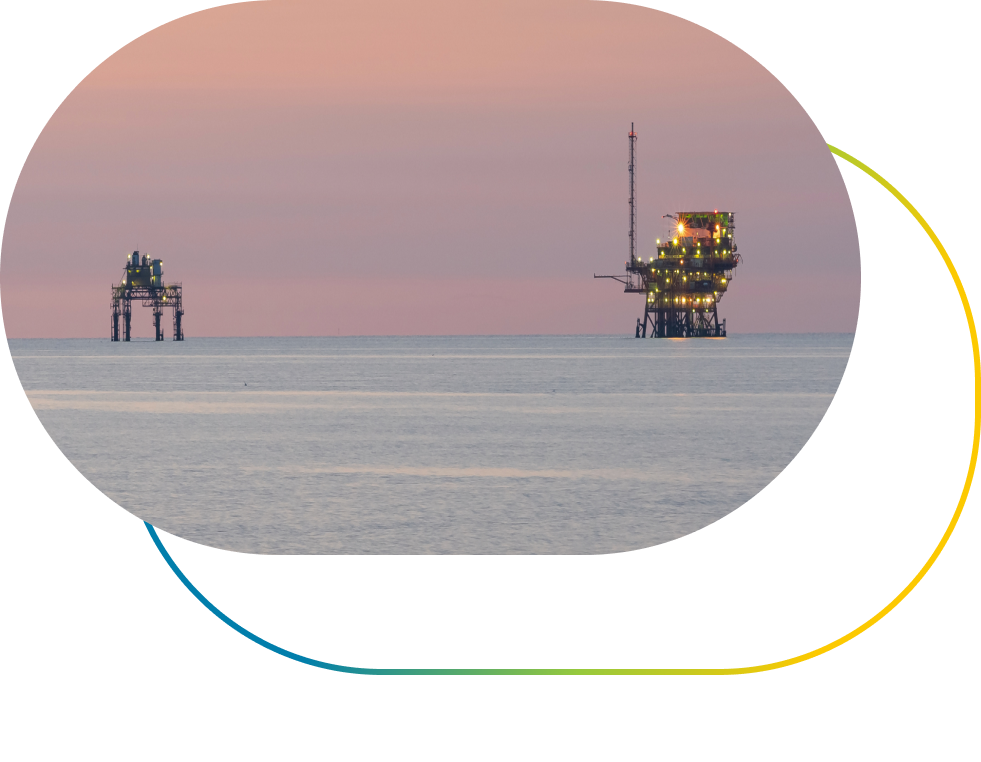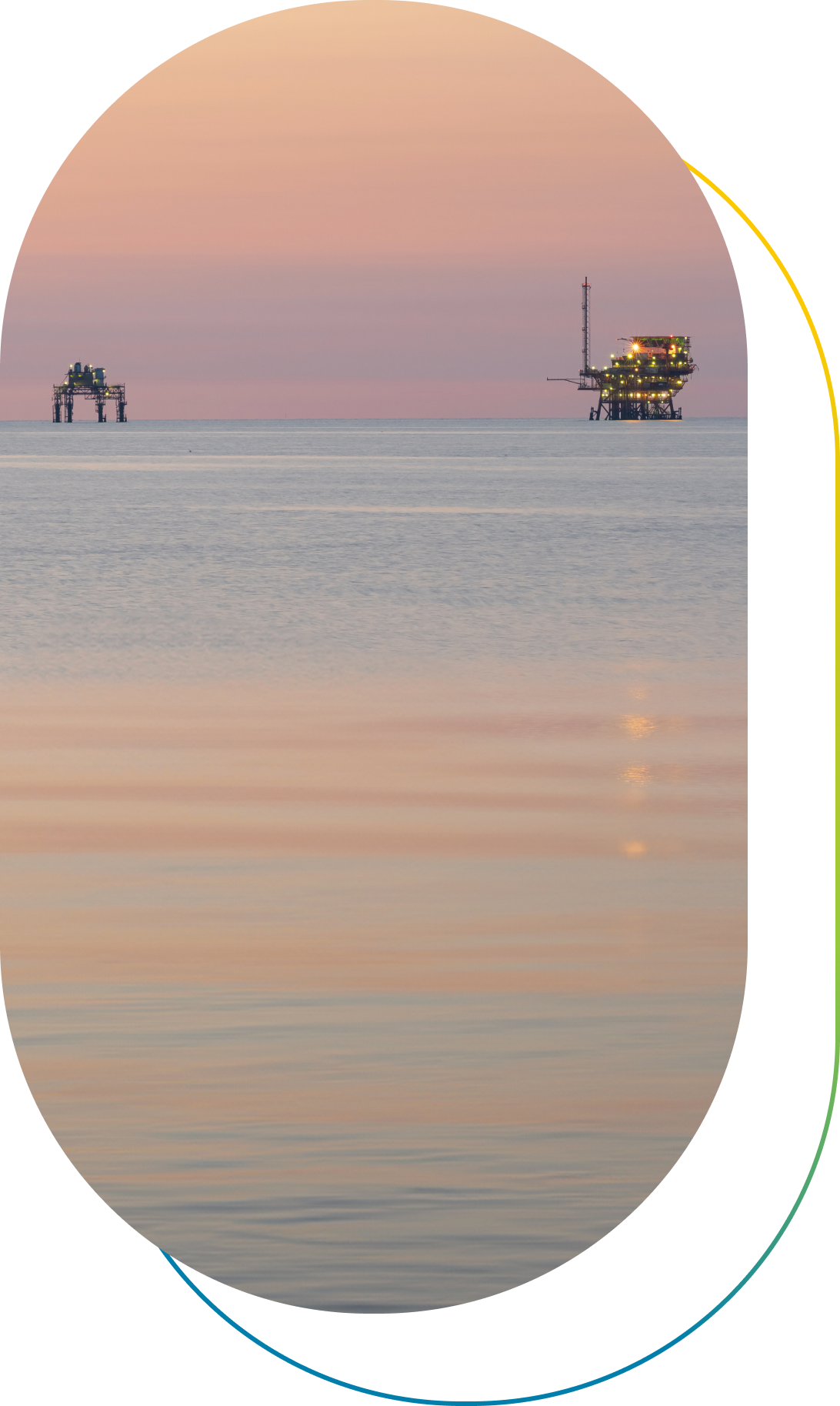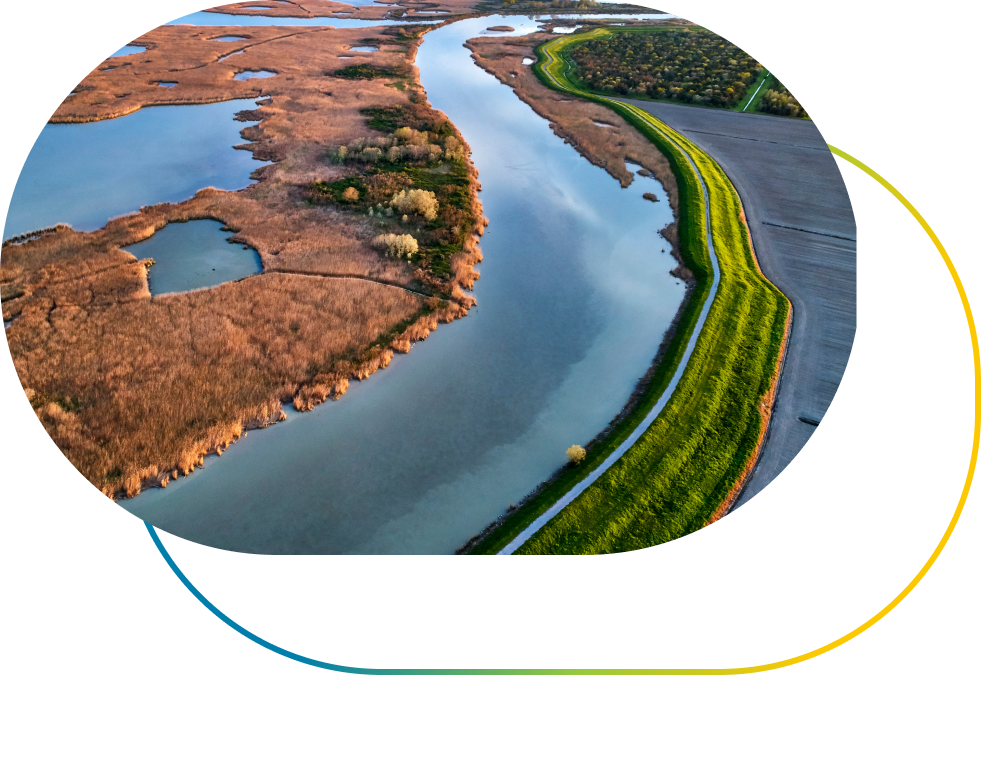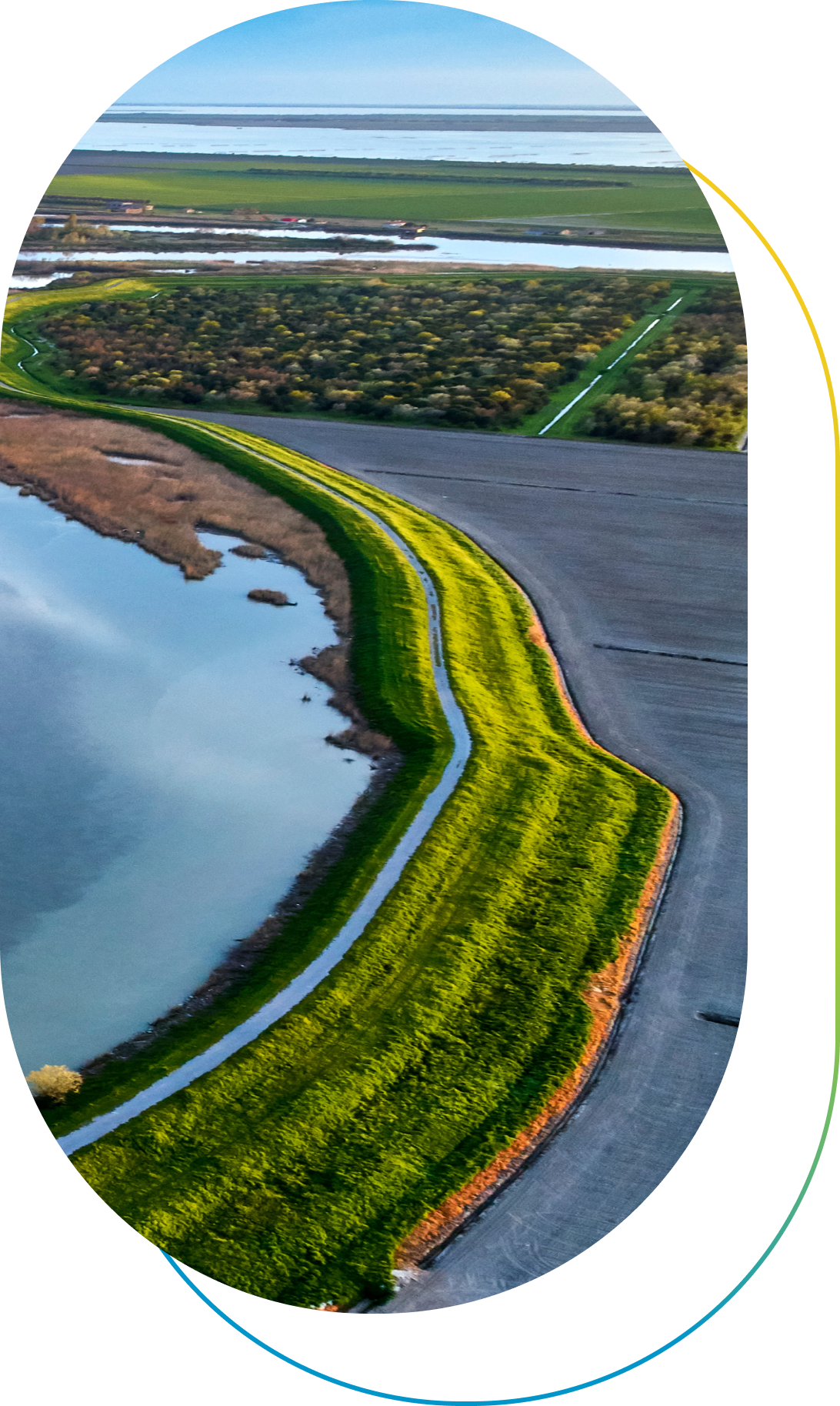By reusing depleted fields in the Adriatic, the Ravenna hub will contribute to the decarbonization of Italian and European industry.

Eni and Snam start the CO2 injection activities for phase 1 of the Ravenna CCS project.

Exploiting the great capacity of the Adriatic Sea’s depleted natural gas fields, the Ravenna hub is set to become one of the world's largest CO2 storage sites and the benchmark in the Mediterranean.
Annual CO2 injection
capacity by 2030
Annual CO2 injection
capacity beyond 2030
Total CO2 storage capacity in the fields

The Ravenna CCS project turns a commitment to reducing CO2 emissions into an opportunity for growth and development for the Ravenna district.

Exploiting the great capacity of the Adriatic Sea’s depleted natural gas fields, the Ravenna hub is set to become one of the world's largest CO2 storage sites and the benchmark in the Mediterranean.
CO2 from Italian hard-to-abate industries (2021)
CCS chimney emission reduction capacity
Global emissions reduction by 2050 with CCUS (IEA - International Energy Agency)
CO2 captured globally from the Hard to Abate sector by 2050
Eni and Snam are developing a carbon capture and storage (CCS) project to reduce emissions from “hard to abate” industrial facilities.
Eni and Snam are developing a carbon capture and storage (CCS) project to reduce emissions from “hard to abate” industrial facilities.